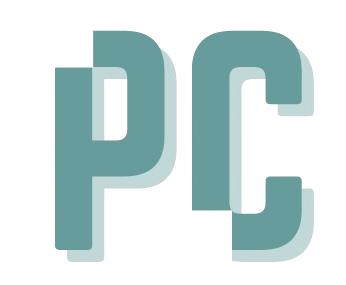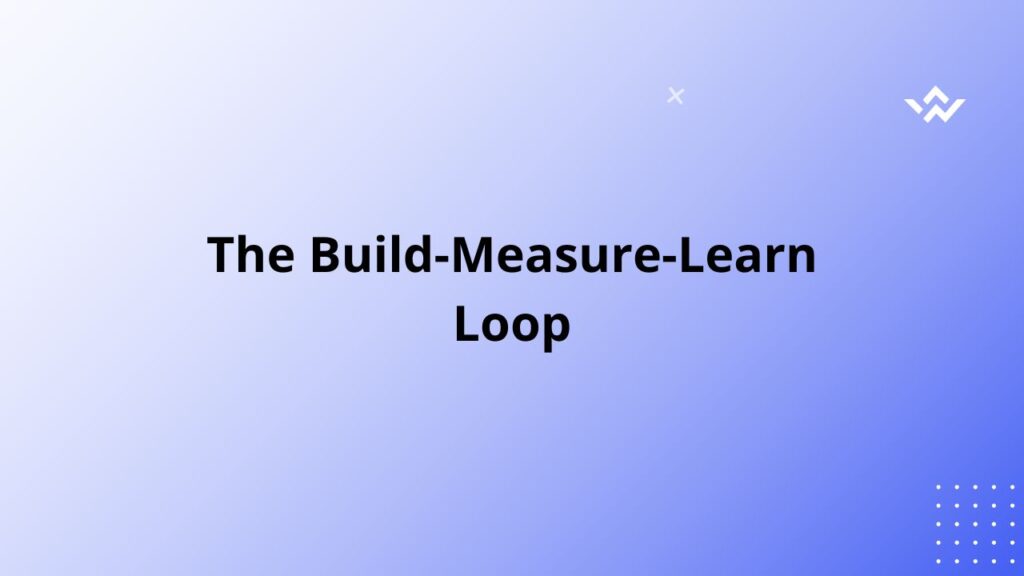In today’s fast-paced digital landscape, businesses must innovate quickly while minimizing risk. The Build-Measure-Learn (BML) loop, a key concept in the Lean Startup methodology, enables companies to develop products efficiently by testing ideas, gathering data, and iterating based on real-world feedback. In this blog, we’ll explore how the BML loop works and how you can implement it to accelerate product development.
What is the Build-Measure-Learn Loop?
The Build-Measure-Learn loop is a continuous cycle of product development that helps teams quickly validate assumptions and make data-driven decisions. It focuses on creating a Minimum Viable Product (MVP), testing it with real users, analyzing the results, and refining the product accordingly.
The Three Phases of the BML Loop
1. Build – Create a Minimum Viable Product (MVP)
The first step is to develop a basic version of your product that includes only the core features needed to test your idea.
🔹 Why MVP? It allows you to launch quickly without wasting time and resources on unnecessary features. 🔹 Key Actions:
-
Identify the smallest possible feature set to test your hypothesis.
-
Develop a simple prototype, landing page, or mockup.
-
Release the MVP to a small group of early adopters.
2. Measure – Gather Data & Analyze Performance
Once your MVP is live, collect quantitative and qualitative data to evaluate how users interact with it.
🔹 What to Measure? Key performance indicators (KPIs) such as:
-
User engagement (click-through rates, session duration)
-
Conversion rates (sign-ups, purchases, downloads)
-
Customer feedback (surveys, reviews, direct feedback)
🔹 Key Actions:
-
Use A/B testing to compare different approaches.
-
Monitor analytics tools like Google Analytics, Hotjar, and Mixpanel.
-
Conduct customer interviews and surveys to understand pain points.
3. Learn – Refine, Pivot, or Persevere
Based on the data collected, decide whether to improve the product, pivot to a new approach, or continue scaling.
🔹 Key Decisions:
-
Persevere: If users respond well, refine and improve the product.
-
Pivot: If the hypothesis is proven wrong, change the direction.
-
Repeat: Continue the cycle by building an improved version based on insights.
🔹 Key Actions:
-
Identify what worked and what didn’t.
-
Iterate on features, pricing, or marketing strategies.
-
Re-enter the Build phase with a new hypothesis or product iteration.
-
Why Use the Build-Measure-Learn Loop?
✅ Reduces Risk – Avoids wasting time and resources on untested ideas. ✅ Speeds Up Innovation – Ensures rapid iterations and continuous improvement. ✅ Encourages Data-Driven Decisions – Focuses on facts rather than assumptions. ✅ Enhances Customer-Centricity – Ensures products meet real user needs.
Real-World Examples of the BML Loop
1. Dropbox – Used an MVP in the form of a simple explainer video before building the product. Based on overwhelming interest, they proceeded to full development.
2. Airbnb – The founders tested their idea by renting out their own apartment before scaling to a global platform.
3. Facebook – Initially launched as a Harvard-only social network to validate demand before expanding worldwide.
How to Implement the Build-Measure-Learn Loop in Your Business
-
Start Small: Launch an MVP instead of a fully-featured product.
-
Track Key Metrics: Focus on data that matters (engagement, conversions, churn rates).
-
Listen to Users: Collect feedback through surveys, reviews, and direct interactions.
-
Iterate Quickly: Adapt based on insights and continuously improve your offering.
-
Embrace Failure: Use failed experiments as learning opportunities.
Final Thoughts
The Build-Measure-Learn loop is a powerful framework for product development. By rapidly testing ideas and iterating based on real-world feedback, businesses can create solutions that truly resonate with their audience. Whether you’re a startup or an established company, embracing this approach can drive innovation and long-term success.
Are you using the BML loop in your product development process? Share your experience in the comments!



